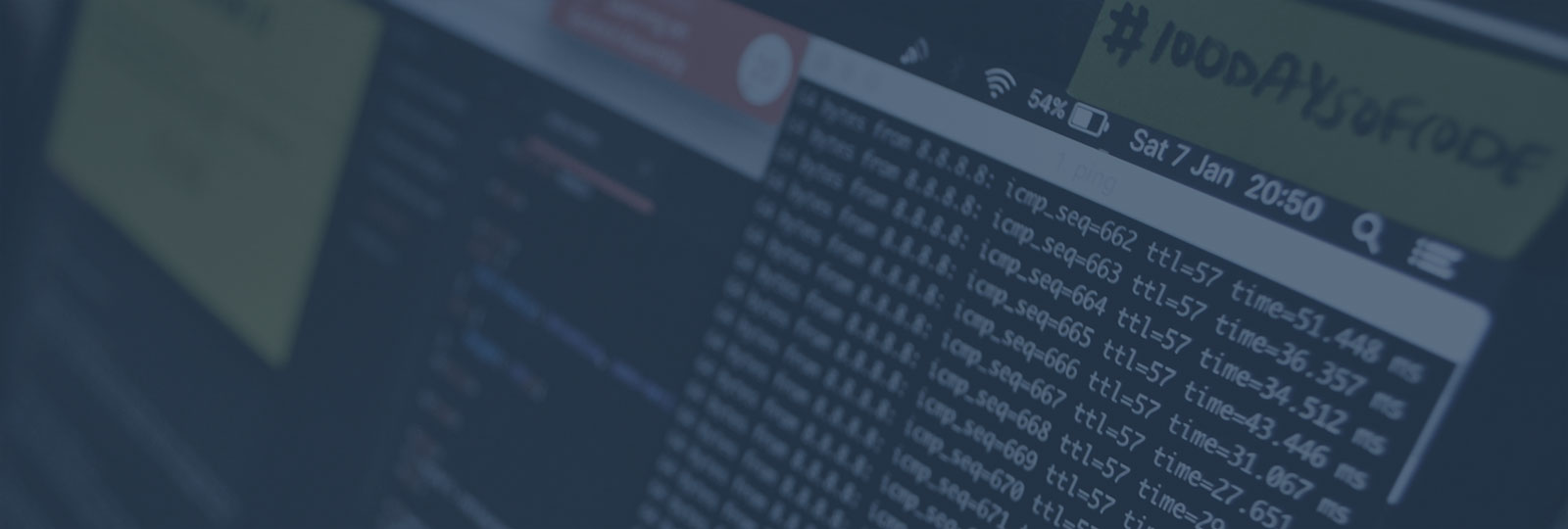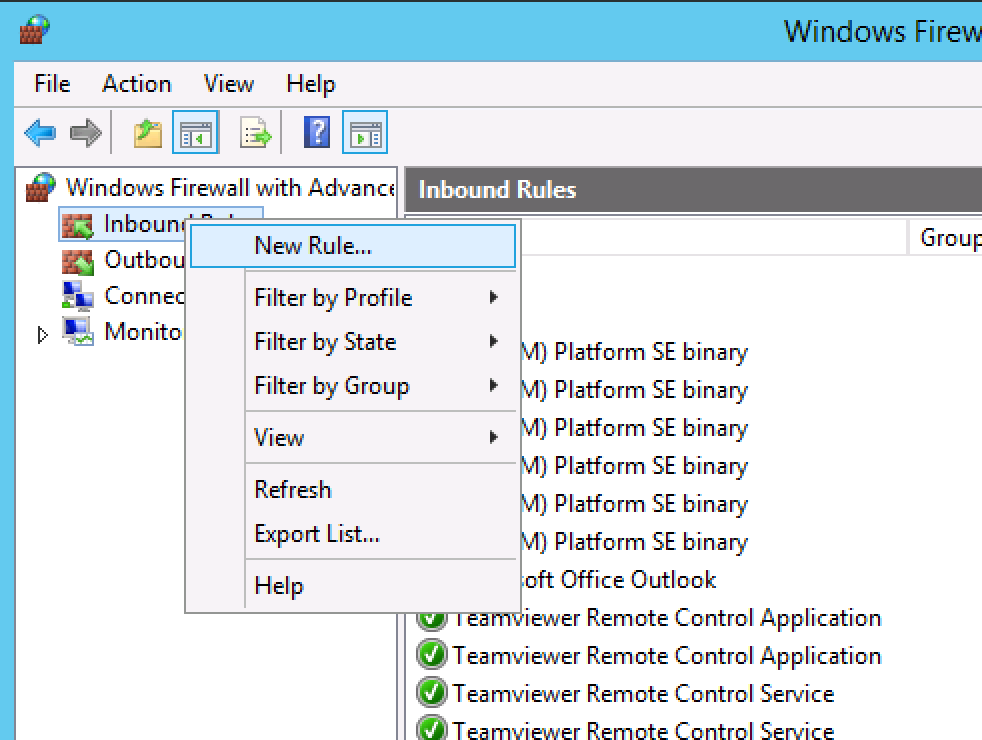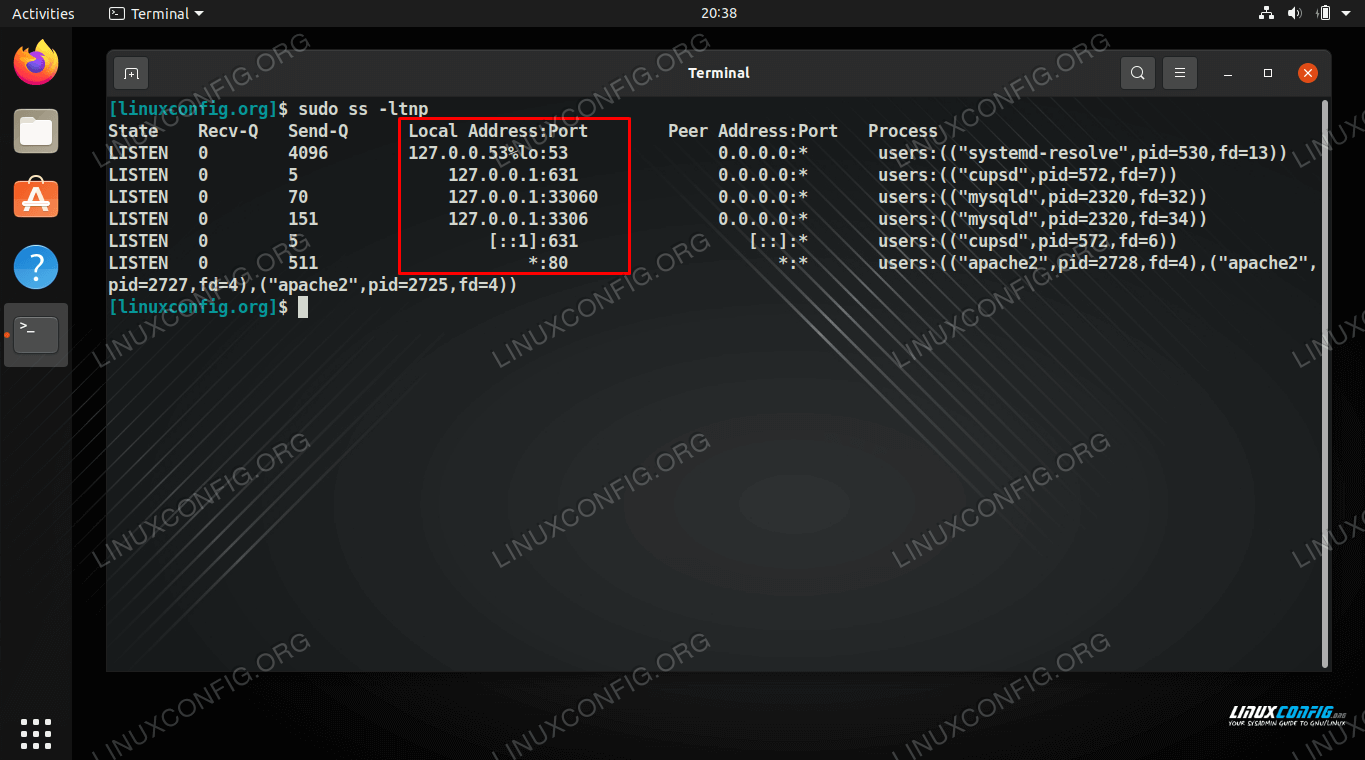
- #Debian port forward utility how to#
- #Debian port forward utility install#
- #Debian port forward utility drivers#
- #Debian port forward utility software#

By setting this now, you’ll be able to easily integrate this on different systems in the future. Just note that you want to future-proof any VM if possible as there is no reason not to.

For testing purposes, it really doesn’t matter. This is KVM/QEMU’s default format and if you ever intend on running OpenStack instances or the like, this is what you will want to use. Whatever you choose, select at least the minimum of what VB recommends, and always meet you distro’s requirements. I don’t ever use what VB recommends as I often hit a ceiling.
#Debian port forward utility software#
I have to state that VB is a wonderful piece of software and I have no intention of starting a flame war, moving on. VB, while user friendly, is not a preferred hypervisor for production environments.
#Debian port forward utility drivers#
I recommend using KVM/QEMU since the drivers are baked in to the kernel and there is a marked performance improvement over VB. This is where I will deviate from most tutorials out there. If you are running something taxing like an OpenStack server you may need to increase this. Most servers and test machines need between 10 MB. Input a name for your server to identify it within VB.Torrent (please use it as it’s less taxing on Debian servers:.If you are installing this on bare metal, skip the VB configuration section.With that said, I’ll use VB for most Tutorials featuring virtual machines. The performance enhancements are nothing to be scoffed at, however there is no question that VirtualBox (VB) is an easier platform for creating tutorials and such. Running an OpenStack instance? Netinst! Right on, let’s go.
#Debian port forward utility install#
Why would we want to install it without a window manager? Servers don’t need a window manager and Gnome’s Network Manager makes a mess of CLI management of network stuffs.

#Debian port forward utility how to#
Right now I want to provide you step by step directions on how to install the new (as of May 2020) Debian 10 Network Install image without a GUI. I’ll post a separate article on how to volunteer on their Wiki in another article.

This is something I encourage you all to do if you possess the time and technical acumen. With that said, I don’t like to sit around complaining about life and that is why I decided to help the Debian project help clean up their Wiki: Like the man pages could somehow help you configure an IRC server. It is a holdover from the RTFM days where people whom didn’t know or did know and were just ***holes would tell you to read the man pages. However as a Debian guy, I have to admit that the Debian Wiki is a hot mess when you compare it to the Arch Wiki.


 0 kommentar(er)
0 kommentar(er)
